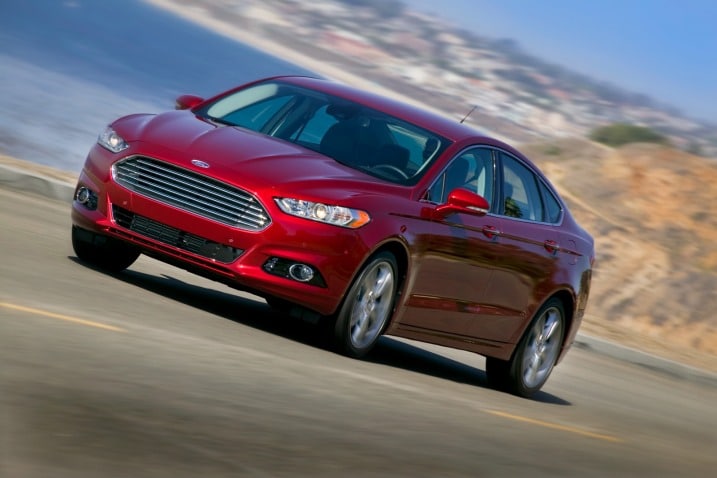Battery Burden
Stop-start systems aren't terribly hard on the engines, but they do demand a lot of the vehicle batteries. While a conventional car or truck might call on the battery for engine ignition and starter-motor power three or four times a day, a vehicle equipped with a stop-start system might place that kind of drain on the battery several dozen times a day.
In addition to providing electrical power for climate control systems, the battery in a vehicle equipped with a stop-start system also has to maintain audio and lighting each time the engine shuts down.
It's not a big problem in conventional hybrids because their batteries are huge compared to standard 12-volt lead-acid batteries. But to keep costs down, conventional vehicles with stop-start systems don't use those powerful hybrid batteries. Instead, they use a type of 12-volt battery called an absorbed glass mat (AGM) battery. The electrolyte is contained in thin woven glass mats rather than flooding the cells as in a typical "wet" battery. It also is pressurized for a greater power density.
AGM batteries' advantage over conventional 12-volt lead-acid batteries is that they recharge up to five times faster and can be deeply discharged with no damage. Those are essential characteristics for a battery that's being called on to start and restart a vehicle's engine scores of times a day.
Some critics claim that the demands of stop-start systems can quickly degrade AGM batteries. But Milwaukee-based Johnson Controls, which has been selling its AGM batteries for use in automakers' stop-start systems in Europe since 2008, says it has not experienced any increase in warranty claims due to premature battery failures.
"AGM batteries are designed for the kinds of loads" placed on them by stop-start systems, says Garth Cole, executive director of product development for Johnson Controls' Original Equipment business unit.
Ford expects — and warranties — the stop-start Fusion's AGM batteries to perform throughout their three-year life expectancy, says Birgit Sorgenfrei, Ford's stop-start systems program manager. AGM batteries, like most lead-acid batteries, typically come with multiyear warranties that provide for free replacement if the battery fails in the first three years, and then offers a prorated replacement schedule for the rest of the warranty period.
Stop-Start Downsides
There's a small learning curve involved in driving a vehicle with a stop-start system. Many drivers find it disconcerting when the engine shuts off each time they come to a stop. And some systems aren't as smooth as others, with drivers reporting unexpected jerks and jolts when the engine restarts. BMW's system, for example, has been widely criticized for this. Many owners report that they have disabled the system with the shutoff switch that's standard with the BMW system. Indeed, most stand-alone stop-start systems come with driver-selectable on-off switches.
"Education needs to accompany introduction of this technology because car buyers will have to learn how these systems function differently from what they are used to," says Edmunds.com Senior Analyst Jessica Caldwell. "The burden for this will fall on the dealerships, but smart dealers will see it as another way to build relationships with consumers."
Finally, if the special 12-volt batteries needed for stand-alone stop-start systems do need replacement, they are about twice as expensive as conventional 12-volt lead-acid batteries.

